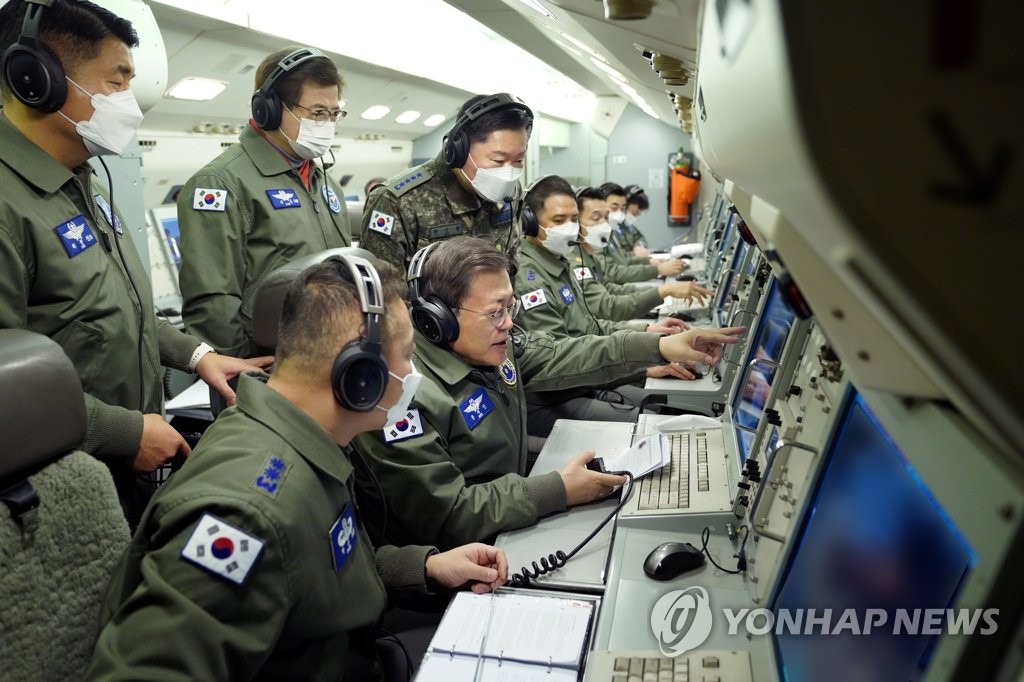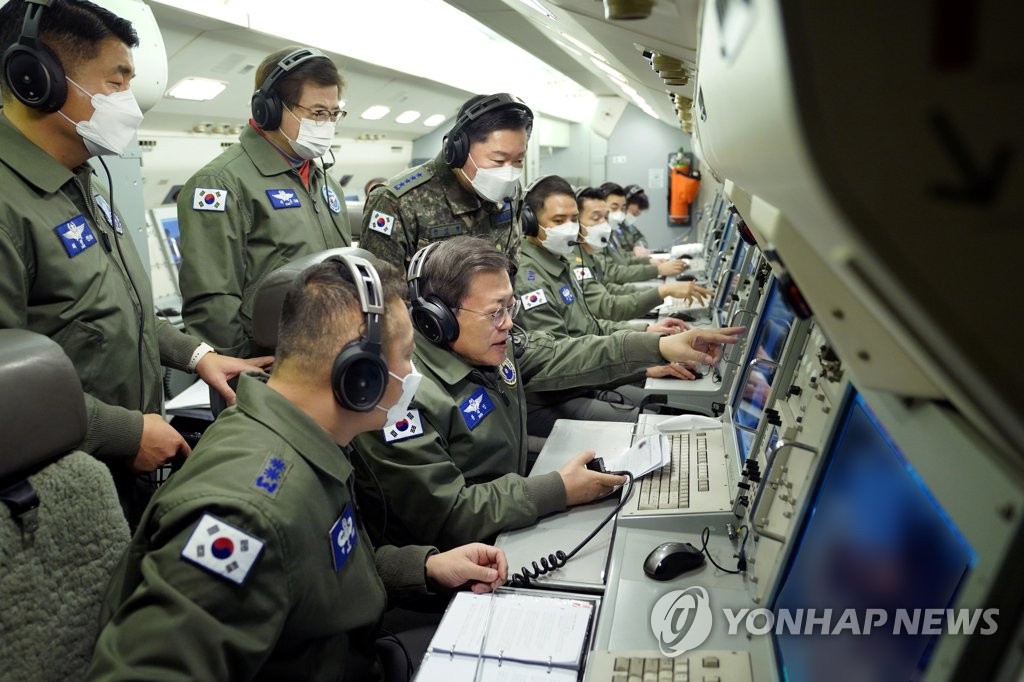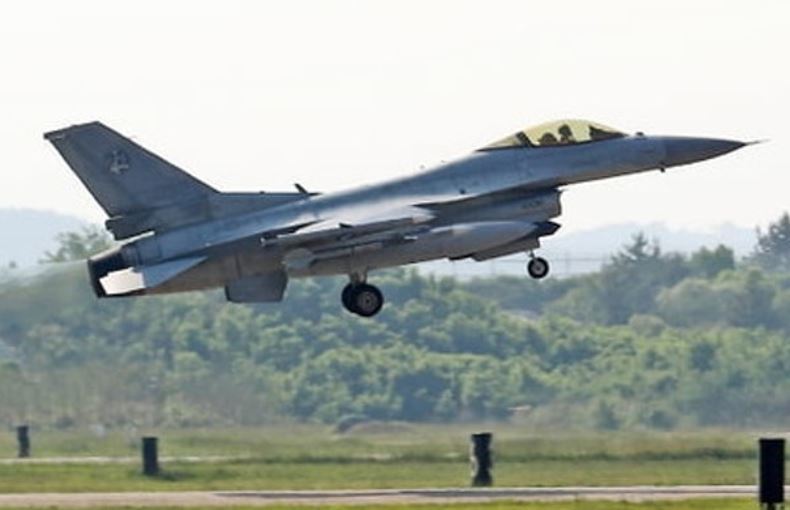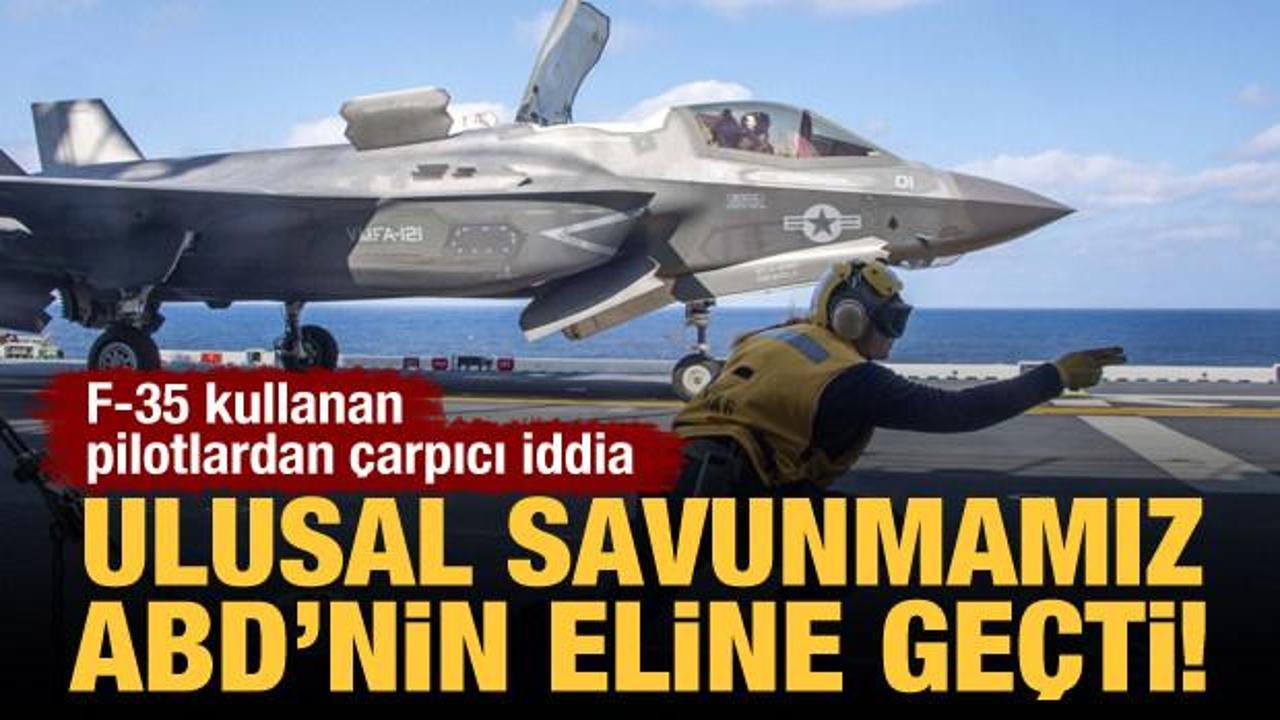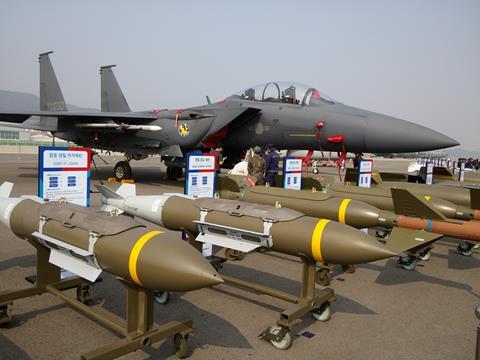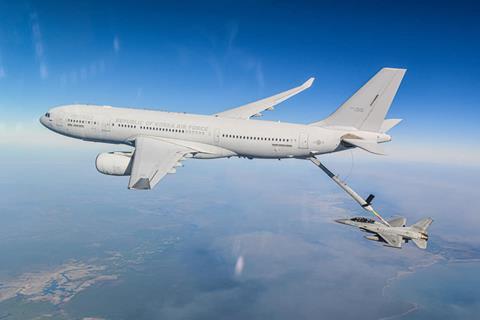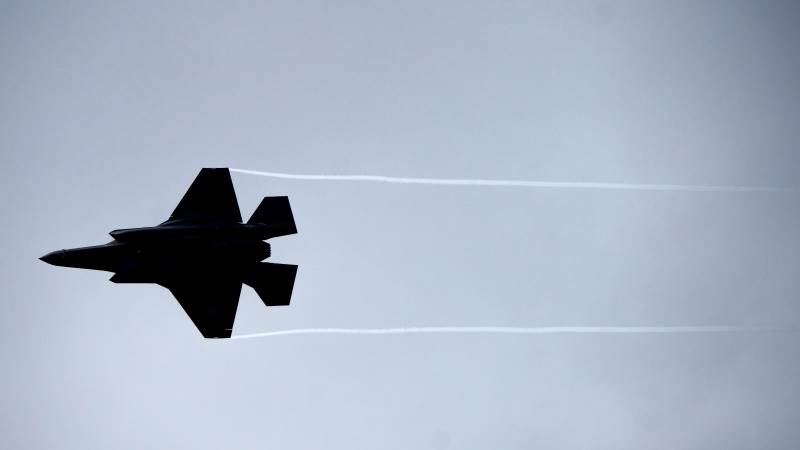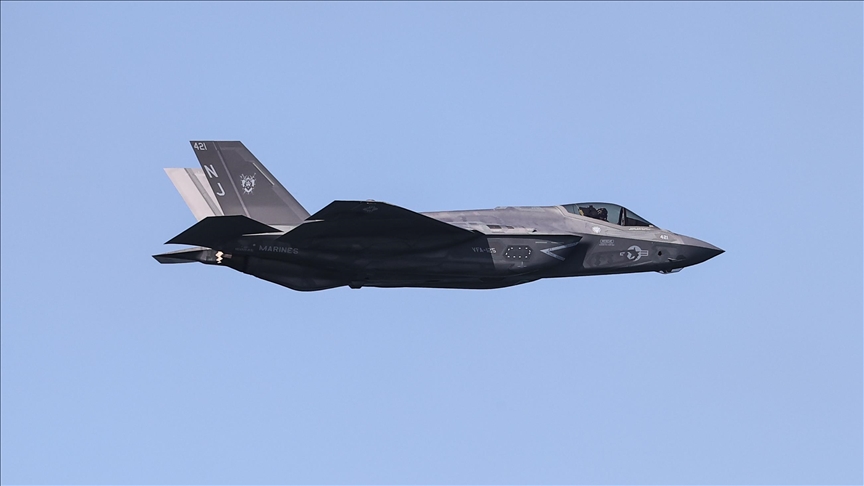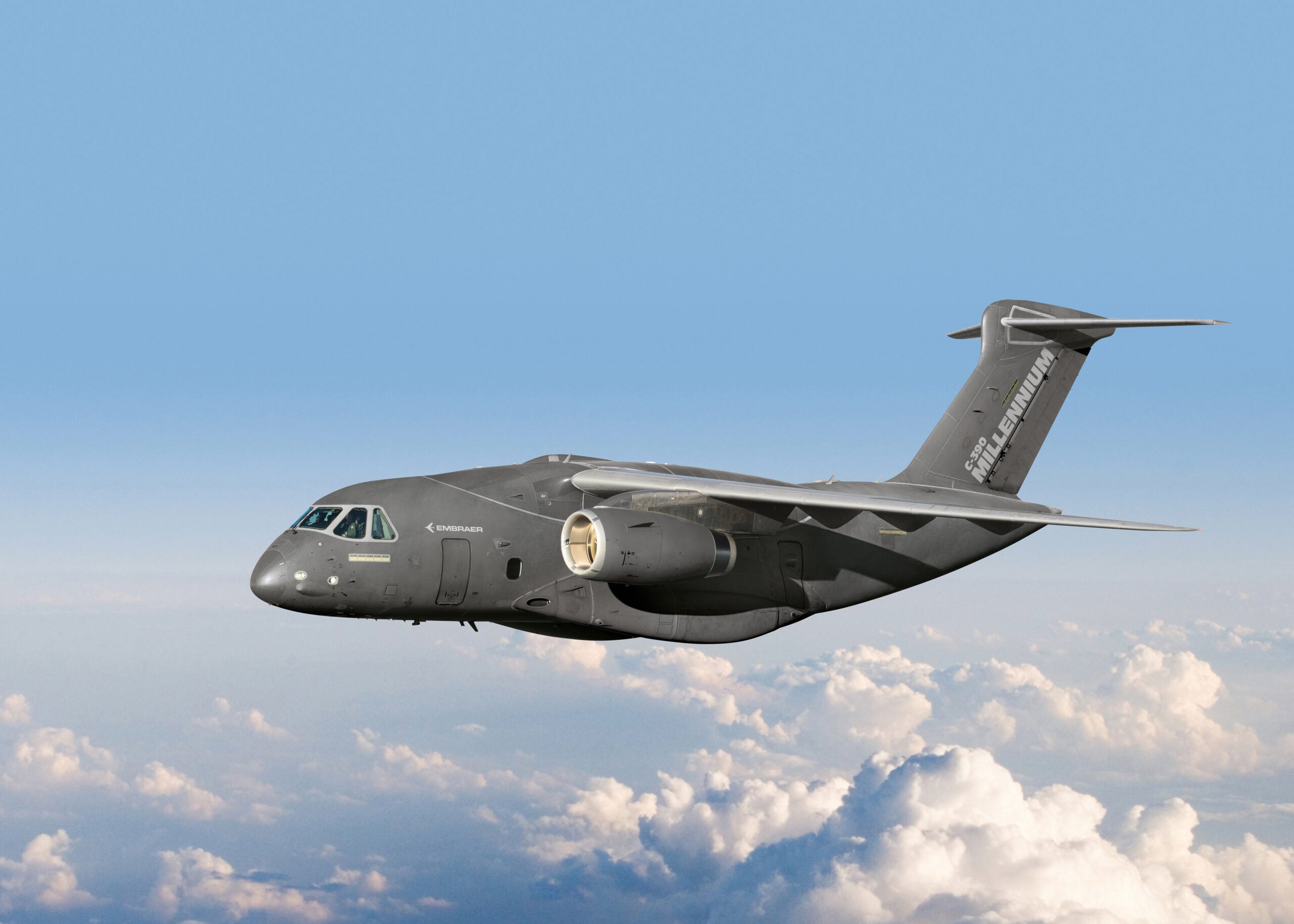The US State Department has approved the sale to South Korea of additional Raytheon AIM-9X Block II Sidewinder air-to-air missiles (AAMs) for an estimated USD158.1 million.
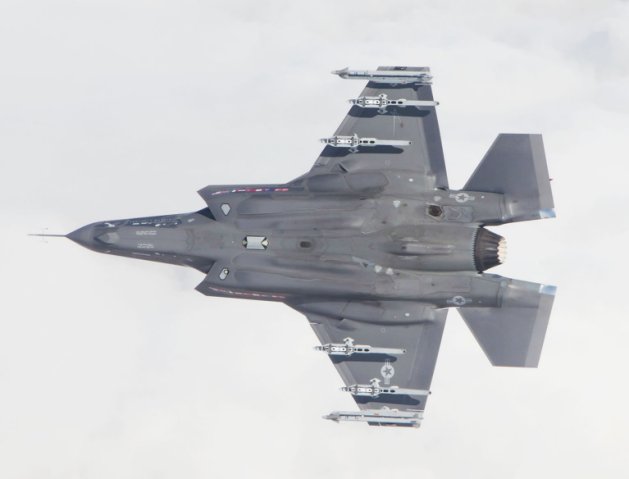
A US Air Force F-35A fitted with AIM-9X missiles on its external hardpoints. South Korea has been cleared to buy a further batch of missiles to equip its combat aircraft force, which also includes the F-35A. (US Air Force)
The approval, announced by the Defense Security Cooperation Agency (DSCA) on 1 October, covers 115 of the latest variant Sidewinder AAMs, as well as training missiles, ancillary equipment, and services.
“This proposed sale will support the foreign policy goals and national security objectives of the United States by helping to improve the security of a treaty ally that continues to be an important force for political stability, peace, and economic progress in Northeast Asia,” the DSCA said in its notification.
The sale must first be approved by the US Congress before any contract can be signed.
Compared with the Block I missile, the Block II features a redesigned fuze, as well as new onboard processors, rocket motor battery, ignition safety device, and datalink. According to Janes Weapons: Air-Launched the DSU-37/B (modified DSU-15B/B) laser proximity fuze is replaced with a more modern system (the DSU-41 Advanced Optical Detector System), making more space available inside the missile body for additional capabilities to be incorporated.

A US Air Force F-35A fitted with AIM-9X missiles on its external hardpoints. South Korea has been cleared to buy a further batch of missiles to equip its combat aircraft force, which also includes the F-35A. (US Air Force)
The approval, announced by the Defense Security Cooperation Agency (DSCA) on 1 October, covers 115 of the latest variant Sidewinder AAMs, as well as training missiles, ancillary equipment, and services.
“This proposed sale will support the foreign policy goals and national security objectives of the United States by helping to improve the security of a treaty ally that continues to be an important force for political stability, peace, and economic progress in Northeast Asia,” the DSCA said in its notification.
The sale must first be approved by the US Congress before any contract can be signed.
Compared with the Block I missile, the Block II features a redesigned fuze, as well as new onboard processors, rocket motor battery, ignition safety device, and datalink. According to Janes Weapons: Air-Launched the DSU-37/B (modified DSU-15B/B) laser proximity fuze is replaced with a more modern system (the DSU-41 Advanced Optical Detector System), making more space available inside the missile body for additional capabilities to be incorporated.



